Introduction
In the realm of culinary traditions, pickling stands as a timeless preservation technique that not only extends the shelf life of food but also enhances its flavor profile with a tangy, tangy twist. Among the myriad of vegetables that lend themselves beautifully to pickling, daikon radish—a large, white, and mild-flavored root vegetable—occupies a special place. Known for its crisp texture and subtle sweetness, daikon radish transforms into a delightful pickle that can elevate sandwiches, salads, and even serve as a refreshing side dish. This article aims to share a comprehensive guide on how to pickle daikon radish, blending traditional methods with contemporary twists to ensure a delightful and successful outcome.
Understanding Daikon Radish
Before diving into the pickling process, it’s crucial to understand the basics of daikon radish. Native to East Asia, daikon (Raphanus sativus var. longipinnatus) is a member of the Brassicaceae family, which also includes broccoli, cabbage, and mustard greens. Its elongated, cylindrical shape and crisp flesh make it an ideal candidate for pickling due to its ability to retain texture even after prolonged soaking in brine. Daikon radish boasts a mild, slightly sweet flavor that pairs well with acidic, savory, and spicy ingredients, making it versatile in pickling recipes.
Preparing Your Daikon Radish
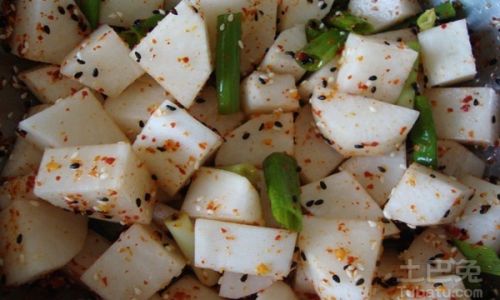
-
Selection and Cleaning: Start with fresh, firm daikon radishes. Avoid those with soft spots, cracks, or discoloration. Thoroughly wash the radishes under running water to remove any dirt or residue. Peel the outer layer if it’s thick or has imperfections; otherwise, you can leave the skin on for added texture and nutrients.
-
Sizing and Slicing: Depending on your preference, you can slice the daikon into thin rounds, matchsticks, or even grate it finely. Thinner slices will pickle faster and have a more intense flavor, while thicker pieces retain their crunch longer. Aim for uniformity in size to ensure consistent pickling.
-
Salting: An optional but recommended step is to salt the sliced daikon and let it sit for about 30 minutes to an hour. This draws out excess moisture, helping the pickle to stay crisp and reducing the overall pickling time. Rinse off the salt and pat the daikon dry with paper towels before proceeding.
Pickling Basics
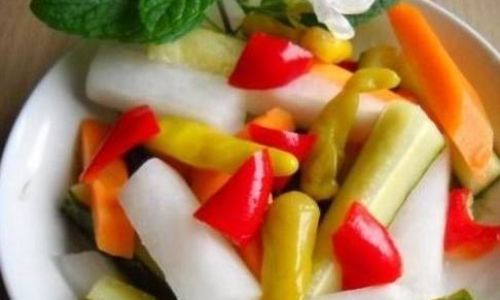
-
Brine Preparation: The cornerstone of any pickle is its brine—a solution of vinegar, water, salt, and sometimes sugar. For daikon radish, a balance of flavors is key. A classic ratio is 1 part vinegar to 3 parts water, with about 1-2 tablespoons of salt per quart of liquid. Adjust the sweetness with sugar to taste, typically starting with 1/4 cup per quart. For a more complex flavor, consider adding spices like mustard seeds, garlic, dill, or red pepper flakes.
-
Heating the Brine: While some recipes call for using cold brine directly, heating the brine gently (do not boil) helps to dissolve the salt and sugar fully and can infuse the spices more effectively. Let the brine cool completely before adding the daikon to avoid cooking the vegetable.
Pickling Techniques
-
Quick Pickle Method: For immediate enjoyment, use a quick pickle approach. Submerge the prepared daikon in the cooled brine and let it sit in the refrigerator for at least an hour, preferably overnight. This method yields a slightly less intense pickle but retains maximum crunch.
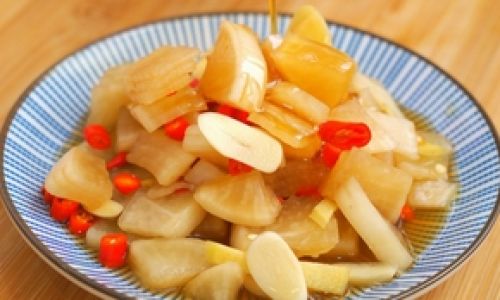
-
Fermented Pickle Method: For a more traditional, probiotic-rich pickle, opt for fermentation. Place the daikon in a clean, non-reactive jar (glass or ceramic is best). Pour the cooled brine over the radish, ensuring it’s fully submerged. Use a weight (like a smaller jar filled with water) to keep the daikon under the brine and cover the jar with a loose-fitting lid to allow gas exchange. Ferment at room temperature (around 70°F) for 3-7 days, tasting daily until you reach your desired level of tanginess. Then, refrigerate to slow further fermentation.
-
Refrigerator Pickle Method: This is a hybrid approach that combines quick pickling with long-term storage in the refrigerator. After preparing the brine and daikon, transfer everything to a jar and store it in the refrigerator immediately. This method takes longer to develop flavor—typically 2-3 weeks—but allows for longer storage without the risk of fermentation.
Flavor Variations
-
Asian-Inspired Pickle: Add a splash of rice vinegar for a milder acidity and incorporate ginger slices, garlic cloves, and a pinch of sesame seeds for an authentic Asian twist.
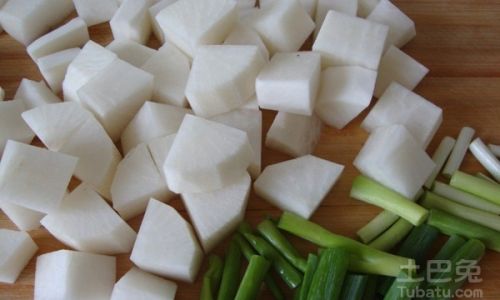
-
Spicy Pickle: For those who love a bit of heat, incorporate sliced jalapenos, a few red pepper flakes, or even a splash of sriracha sauce into the brine.
-
Herbed Pickle: Fresh herbs like dill, parsley, or cilantro can be added directly to the jar for a fresh, aromatic flavor.
-
Sweet and Sour Pickle: Increase the sugar content and balance it with a bit more vinegar for a tangy-sweet pickle that’s reminiscent of gherkins.
Storage and Serving
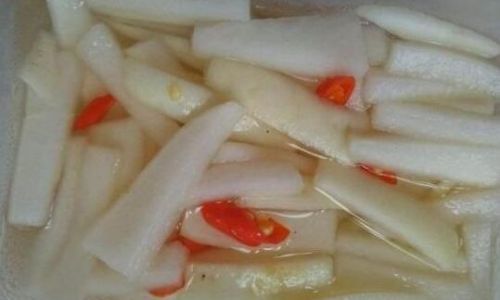
Once your daikon radish pickles have reached your desired flavor profile, store them in an airtight container in the refrigerator. Properly stored, pickles can last for several months. They make a wonderful addition to sandwiches, salads, grain bowls, and even as a topping for tacos or burgers. Their crisp texture and vibrant flavor can transform even the simplest dish into a culinary delight.
Conclusion
Pickling daikon radish is a delightful culinary endeavor that combines the art of preservation with the joy of flavor experimentation. By following the steps outlined in this guide—from selecting and preparing the radish to crafting a flavorful brine and choosing your pickling method—you can create delicious, crunchy pickles that will enhance your meals and delight your taste buds. Whether you prefer a quick, tangy pickle or a fermented, probiotic-rich treat, the versatility of daikon radish ensures that there’s a pickling method to suit your taste and lifestyle. Happy pickling!

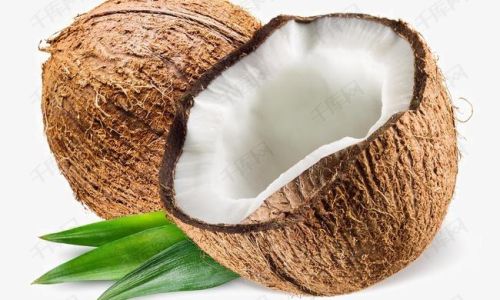
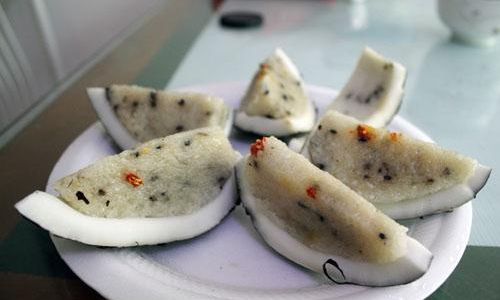
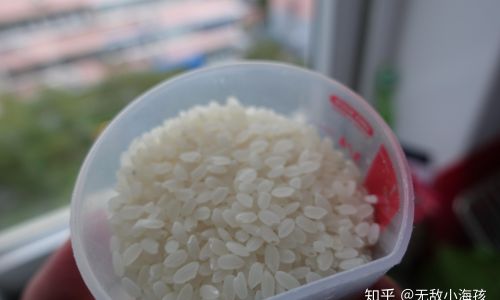
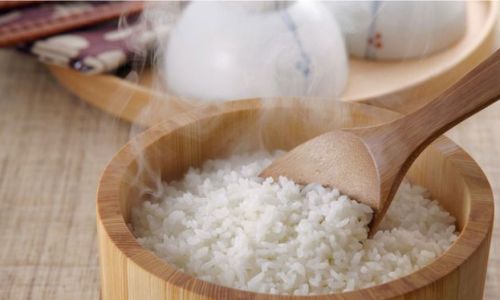
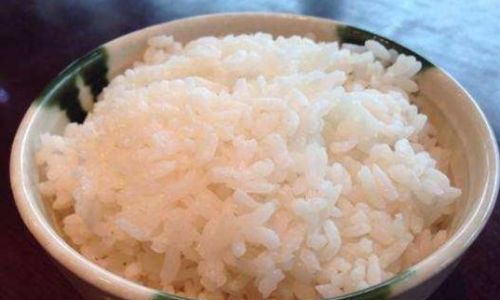
0 comments